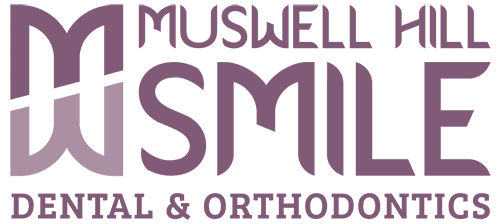
The natural position for healthy breathing is always with a closed mouth, inhaling and exhaling through the nose.
Healthy people use both their nose and their mouth to breathe. Breathing through the mouth only becomes necessary when you have nasal congestion due to allergies or a cold.
If you can see or hear your child breathing, that’s a problem. Seeing or hearing what should be silent and invisible is a sign of obstructed airways, which are often associated with snoring and sleep apnea, and increasingly, in children, with jaw malformation, a bad bite,
These children need more air, especially at night when the brain should be calmly clearing away the free-radicals generated during a busy day of thinking, reacting, processing. Instead, these brains are in a state of high alert in efforts to get more O2 delivered.
If your child mouth is open, the braces treatment will take longer and your treatment will be much more challenging for your orthodontist. You are more likely to experience another orthodontic relapse because teeth after removing braces will move more quickly in this case and you may need braces again in the future.
When children have an open mouth, they are more likely to struggle with certain speech sounds.
A child with an open mouth will very likely grow into an adult with flatter facial features, less prominent cheekbones, a longer face, droopier eyes and lower facial muscle tone, a narrower palate, and even a smaller lower jaw in most cases. In normal breathing, the tongue rests against the palate without touching the teeth. In this position, the tongue muscles acts as a balancing force to the external pressure on the dental arches and the teeth by the cheek muscles. With the mouth breathers the tongue is placed low and forward allowing the cheek muscles (buccinators) to exert pressure on the upper arch causing it to collapse. Dentists are in a good position to diagnose mouth breathing. It is important that mouth breathing should be diagnosed early and treated to prevent long lasting damage.
Treatment of mouth breathing may involve identification of the causing factor and treating it. It may also include myofunctional therapy by a Pedodontist / Orthodontist involving use of appliances to expand the upper jaw and increase the airway passage and also training the child on correct breathing using breathing exercises.





